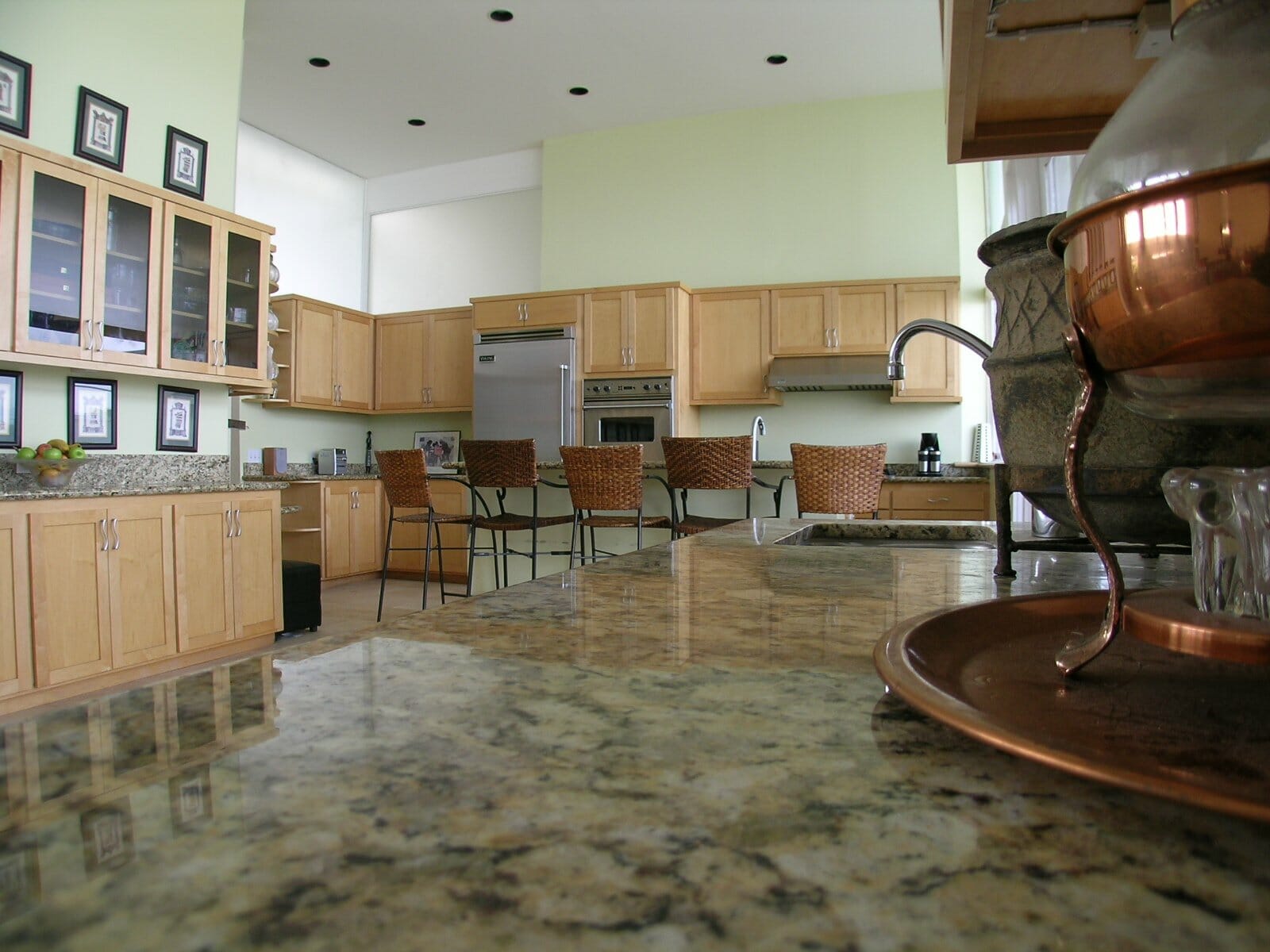Many common plumbing issues can be avoided with some simple preventative maintenance. Some homeowners believe that these tasks are an expensive waste of time, too difficult or extremely messy, so they ignore them. This is a mistake, carrying out preventive maintenance throughout the year can help you to avoid the higher costs of repair bills and equipment replacement later. Let’s take a look at three common plumbing issues that you could avoid if you carry out some preventative maintenance.
- Water Heater Issues
A residential water heater should last for longer than a decade if it’s cared for and regularly maintained. The water heater is integral to our homes, and we need hot water for a wide variety of tasks each day. When we don’t have hot water, it can be a real chore to try and get anything done in the home. For this reason, it’s vital to check your water heater once a month to make sure there are no problems. Check the pressure and temperature display if you can’t hear that distinctive water heater gurgling sound. This could be a sign that the water is not entering the drain tube and the heater may need repair or in extreme cases even replacement. To avoid overheating issues, lower the temperature setting to 115°. If you’re not sure how to proceed or lack confidence, contact a local plumbing technician and get a comprehensive service.
- Upgrade Fixtures and Hoses
If you still have rubber hosing installed in your home, you may be inviting a host of plumbing problems into your future. Upgrade your rubber hoses by replacing them with more resilient metal hoses. It’s also a good idea to replace the hoses on your valves, pipes and waterline raisers. In a typical modern home, you can expect to find more complicated plumbing installed that will probably have metal hoses. A more modern home will have been built under new codes to fulfill up to date plumbing requirements. Replacing hoses and fixtures can be tricky if your DIY skills are not up to scratch so call out a professional if you’re not sure how to proceed.
- Evaluate Your New Home
If you’re planning to or have recently moved into a new home, it’s a good idea to check for any potential plumbing problems. Start out by checking the floors, walls, and ceilings for any visible signs of cracking. If you see any cracks on the ceiling, this may be a sign of a water leak, or it could be trapped accumulated moisture. If this happens suddenly, this could also be an indicator that your home has rubber hoses installed. Check the hoses; if they are rubber replace them as discussed above. It’s worth noting that metal hoses made from stainless steel or copper are far more durable than rubber and they can easily last up to 15 years before they need to be replaced. Replacing pipes and hoses can be complicated so call on a
local professional for expert assistance if you’re unsure.
By Giovanni Longo President Flood Brothers Plumbing
Giovanni Longo is a 3rd generation master plumber who has been practicing his craft and trade in the greater Los Angeles area for well over a decade and a half. A plumbing and hydraulics-engineering innovator, Giovanni’s particular world-class expertise focuses on dealing with challenging sewer system designs as well as resolving complex commercial and residential draining issues. As a certified Flood Mitigation expert, he is also well versed in a wide variety of water damage and remediation solution.





